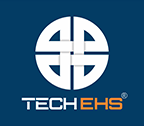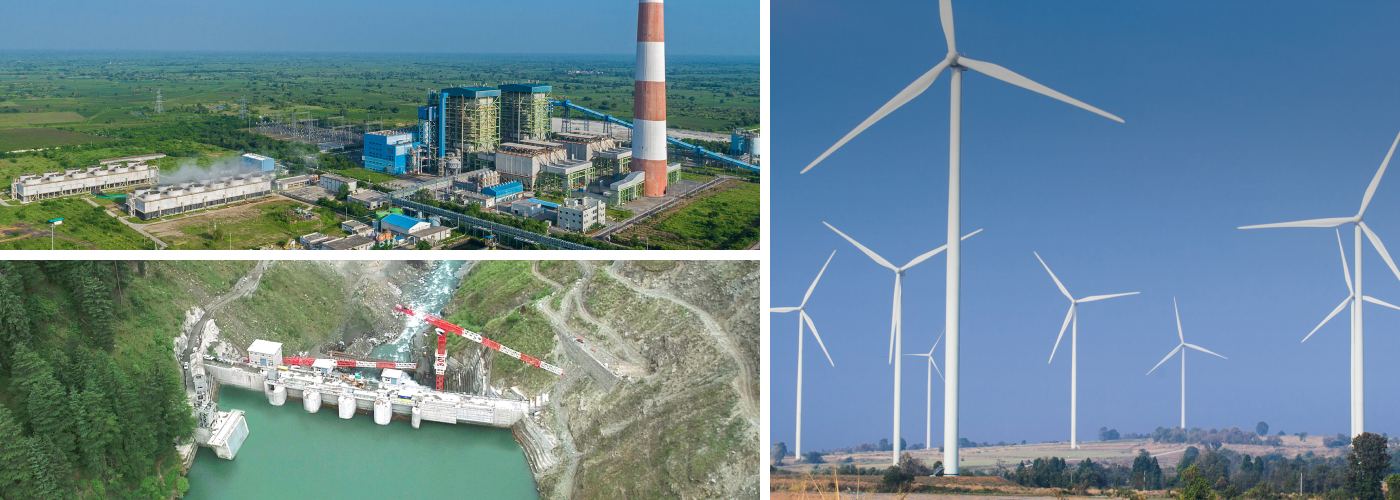
















Inform, Align, and Empower:
3D Animated Safety Induction & Technical Training for Renewable Energy
In the dynamic and high-risk world of renewable energy, safety is not just a requirement—it’s a culture. From solar farms to towering wind turbines, workers operate in diverse and demanding environments where clarity, consistency, and engagement in training can mean the difference between routine operations and critical incidents.
To meet this need, we’ve developed a suite of custom 3D animated safety and technical training modules that bring real-world risks, procedures, and incident scenarios to life. These modules help your workforce understand, internalize, and act on safety expectations from day one.
We have developed a wide range of customized 3D animated training modules for our clients in the renewable energy sector, specifically tailored to the unique challenges of wind and solar projects. These modules cover essential safety and operational topics such as Safety Induction, Behavioural Safety Induction, and Visitor Induction to ensure everyone on site is aligned with safety protocols.
Technical training includes HT and LT Panel Activity, Isolation Work, Pre-Commissioning Activities, Wind Turbine Generator Civil Activity, and the Erection of Wind Turbine Generators, including Nacelle installation. We’ve also addressed health and wellbeing topics like Ergonomics Safety, Motor Vehicle Safety, Worker Accommodation, and Small Contributions to Improve the Health of the Planet. To promote a culture of accountability and learning, we’ve developed modules on Incident Reporting and Investigation, and incident-specific recreations such as the Asteasu Gearbox Accident, Lifting Incident, Fire Incident, Work at Height Incident, and Wind Turbine Fire Risk.
Our Life-Saving Rules module also reinforces critical non-negotiables for maintaining safety in high-risk environments. We have designed each module to improve awareness, enhance understanding, and foster a proactive safety culture across all levels of the renewable energy workforce.
“We found their understanding of EHS and safety procedures, to be exceptional. The team’s ability to create safety animation videos independently was a key differentiator that we experienced in our several conversations with them. ”
Kunal Shelat (EHS Manager)
Sun Edison, India
Closing Safety Gaps in Renewable Operations
Many renewable assets like wind farms and solar plants are situated in remote or difficult-to-access locations, making regular monitoring, communication, and maintenance a logistical challenge. Ensuring workforce safety and regulatory compliance is also a significant concern, particularly with the involvement of third-party contractors. Using mobile applications for on-field reporting has become increasingly essential to address these gaps. A well-designed mobile app enables field teams to instantly report hazards, complete inspections, and submit daily observations from any location. It also supports real-time data capture, enabling faster response times and improved compliance tracking. Additionally, mobile apps streamline contractor management by simplifying onboarding, verifying worker credentials, and tracking attendance. Digital Permit to Work (PTW) systems within the app further enhance operational safety by allowing seamless issuance, monitoring, and closure of work permits in the field.
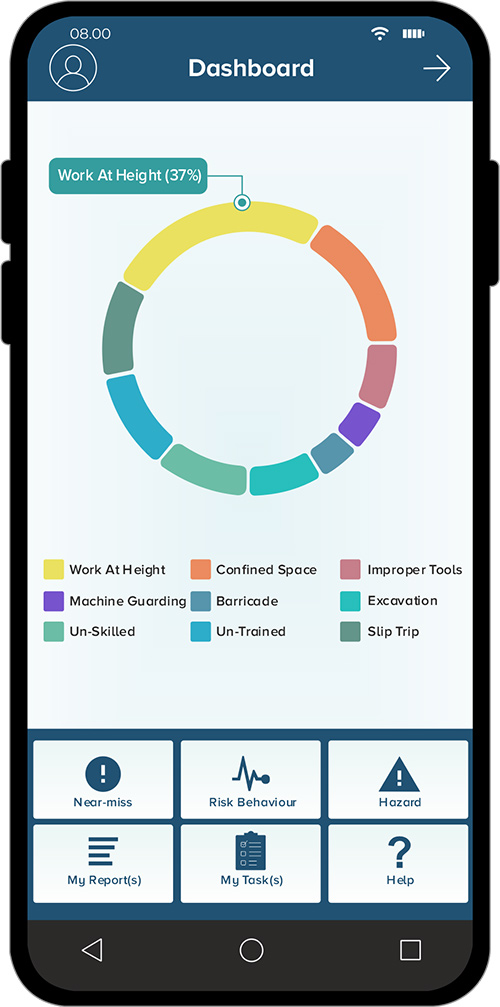
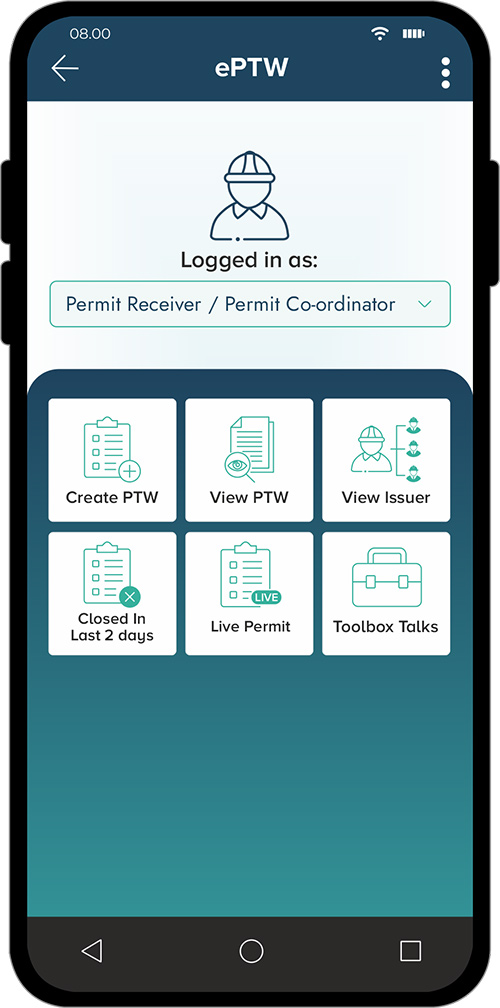
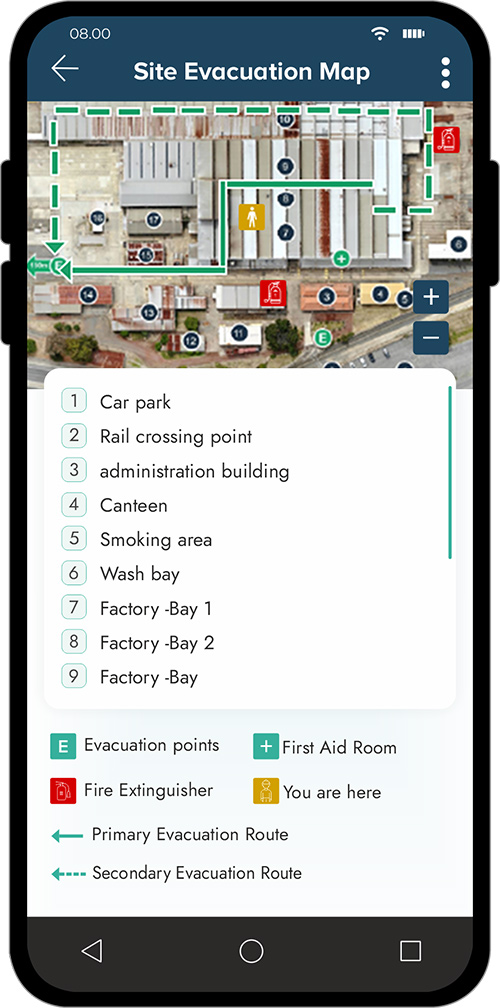
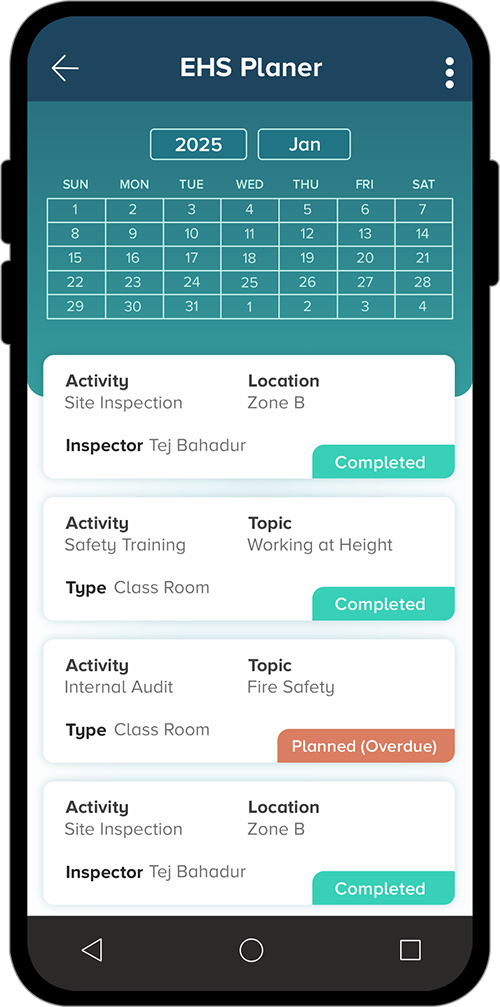
Digital PTW: Safer, Smarter Renewable Energy Field Operations
Our digital permit-to-work solution is designed specifically for the dynamic, high-risk environments found across renewable energy sites—whether solar farms, wind installations, or hydro facilities. It digitizes the entire PTW lifecycle, from initiation and risk assessment to isolation tagging, multi-level approvals, and closure. The system ensures full traceability, safety compliance, and control across geographically dispersed teams and assets.
Key features & benefits:
In renewable energy, where you widely distribute assets and risks are high, our PTW platform empowers operators to reinforce safety at scale, reduce downtime, and build a proactive safety culture—ensuring clean energy is produced efficiently and safely.
